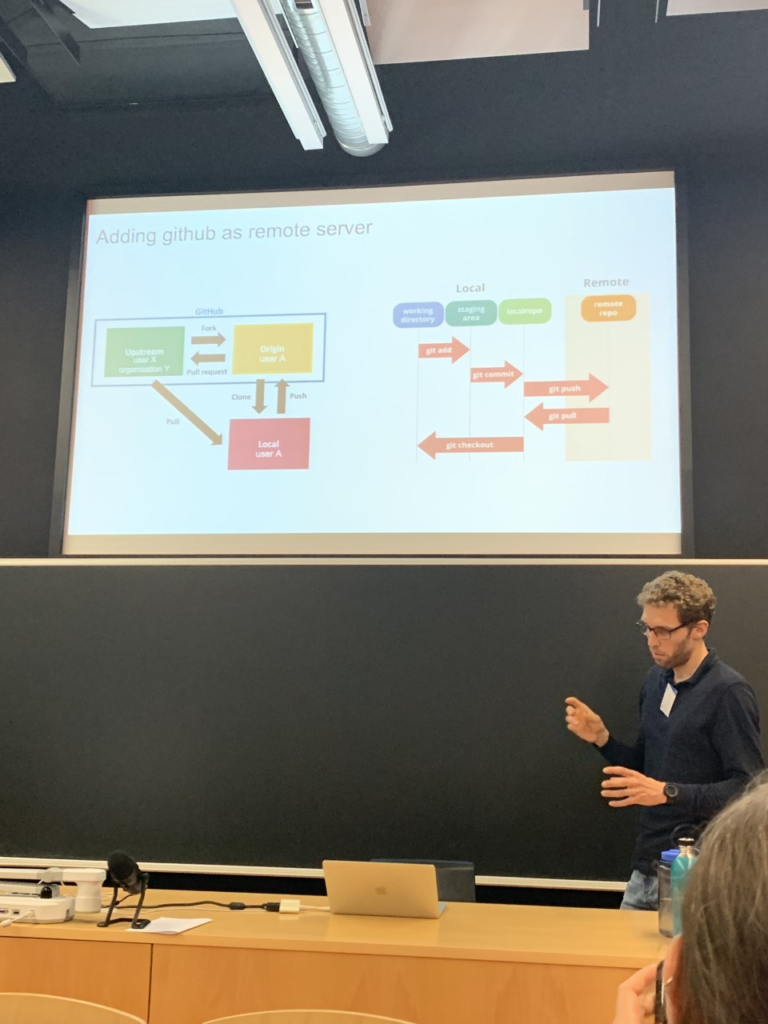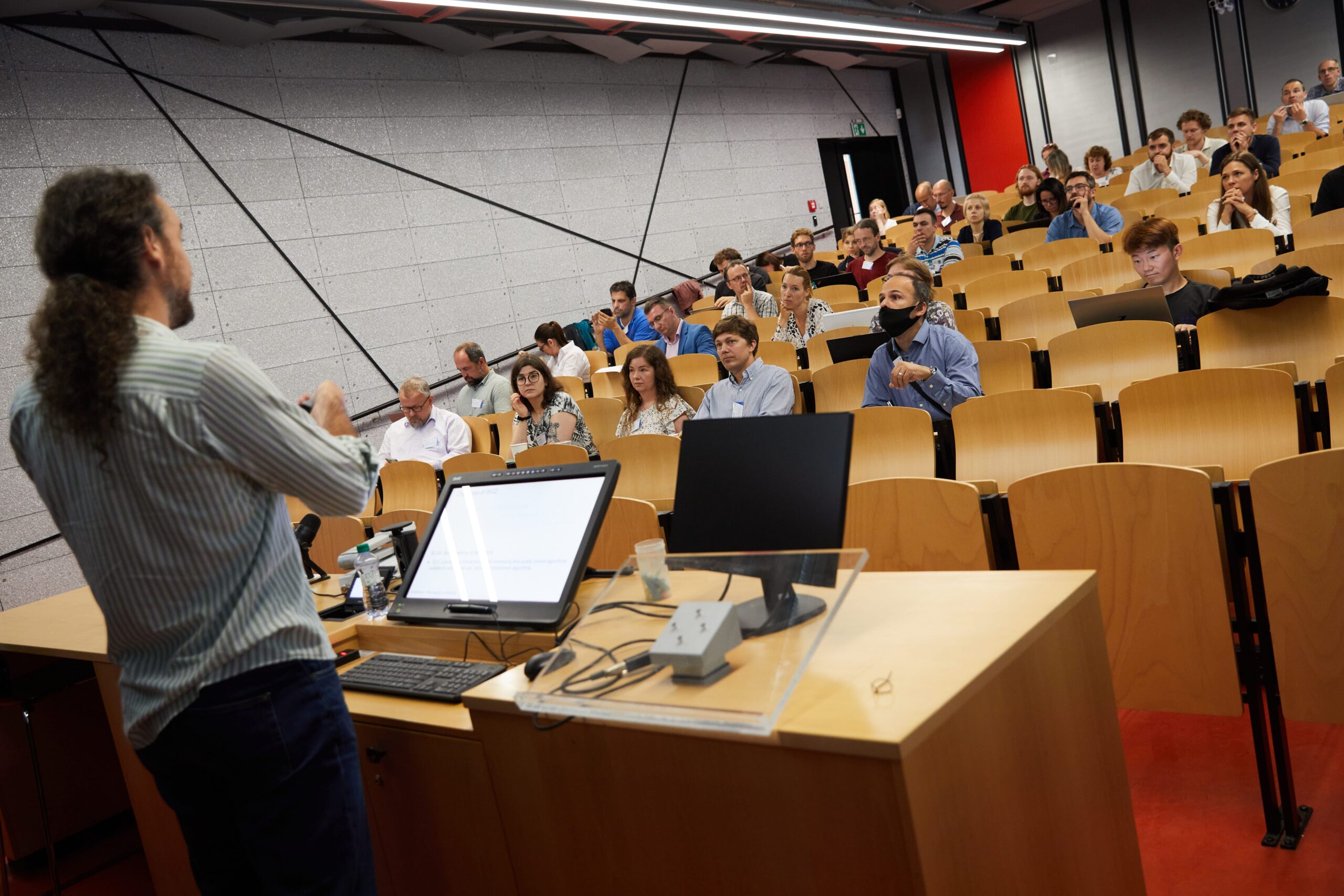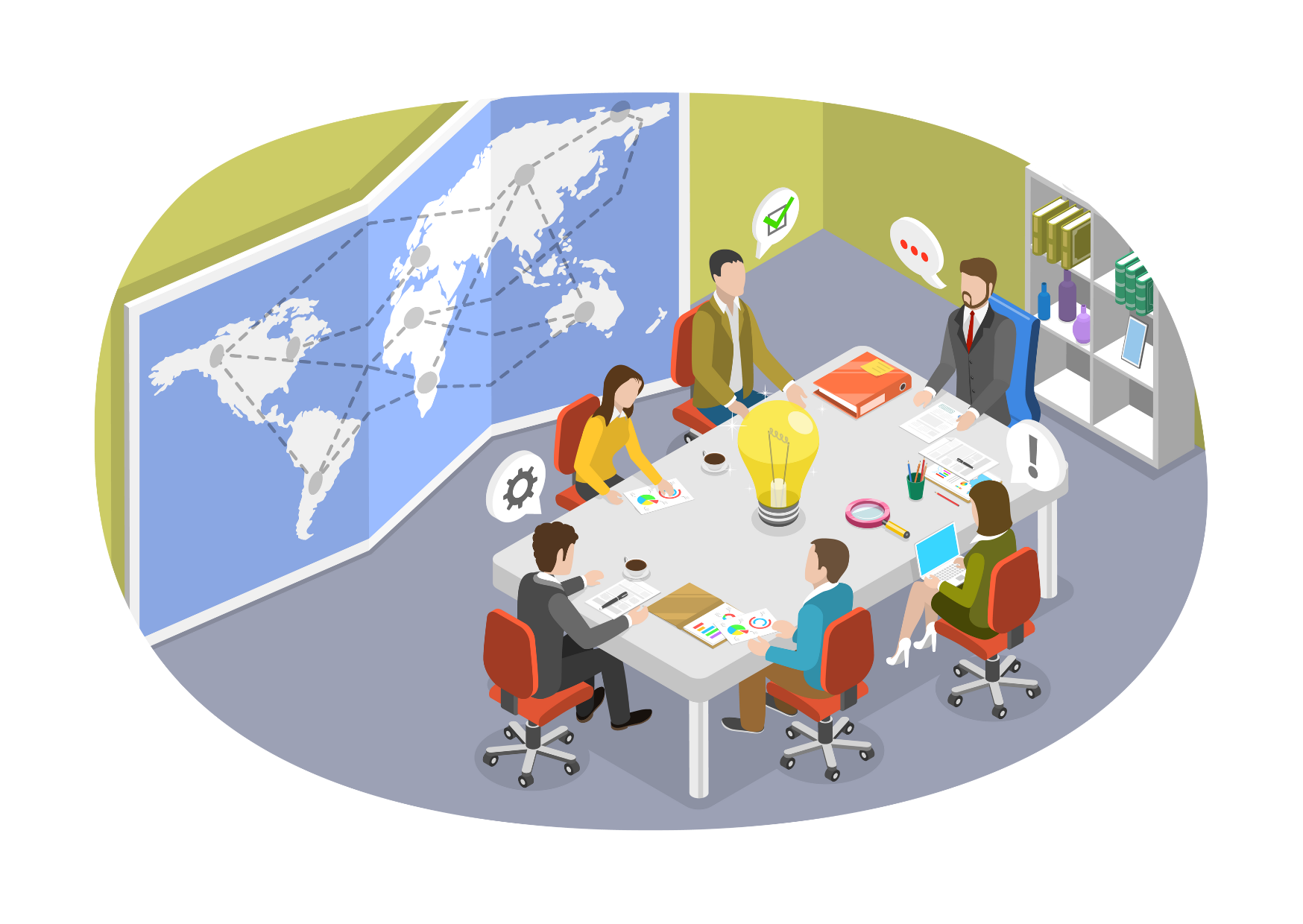The first international workshop of the COST OpenSenseAction was held from July 28 to 30, 2022 at the Czech Technical University in Prague. The meeting involved young and senior researchers, stakeholders from the private and public sector as well as data providers. All of them joined the COST action with the aim of developing common strategies, standards and methodologies for sharing and using opportunistic sensor (OS) data.
During the first day meeting committee (MC) members from 32 countries met at the round table to discuss how to share and increase the awareness of OS in different regions all over the world.
The second day was devoted to technical discussions from the five working groups. The objectives were to update participants on goals reached so far by each group and to discuss and define future tasks.
In the Plenary Session, on the third day, recent developments and new initiatives on OS were presented while two national weather services representatives, from France and Germany, showed how they plan the integration of OS data into their operational monitoring and forecasting systems.
The third day ended with a workshop on Git, GitHub, and Binder that gave practical instructions on software tools which enable the collaboration within the Action.
The Plenary Sessions was introduced by Hagit Messer who gave an overview of the evolution of CellEnMon (Cellular Environmental Monitoring) path from 2005 to the present: from emerging Research and Developments (R&D) trends to theoretical scientific questions and new technologies.
A summary of the Plenary Session presentations can be found below.
“CML rainfall estimation in the Global South”
R. Uijlenhoet, A. Overeem, B. Walraven (Delft/KNMI, the Netherlands)
The research group from the Netherlands presented new developments on their project in collaboration with GSMA, a global organization unifying the mobile ecosystem. GSMA provided them with CML data from countries of the global south. They presented case studies from Nigeria and Sri Lanka. They found a good agreement in the comparison of CML data against rain gauge observations, as well as in the comparisons between CML-based maps and radar-radiometer products. Moreover, they presented promising result from a CML-based nowcasting approach
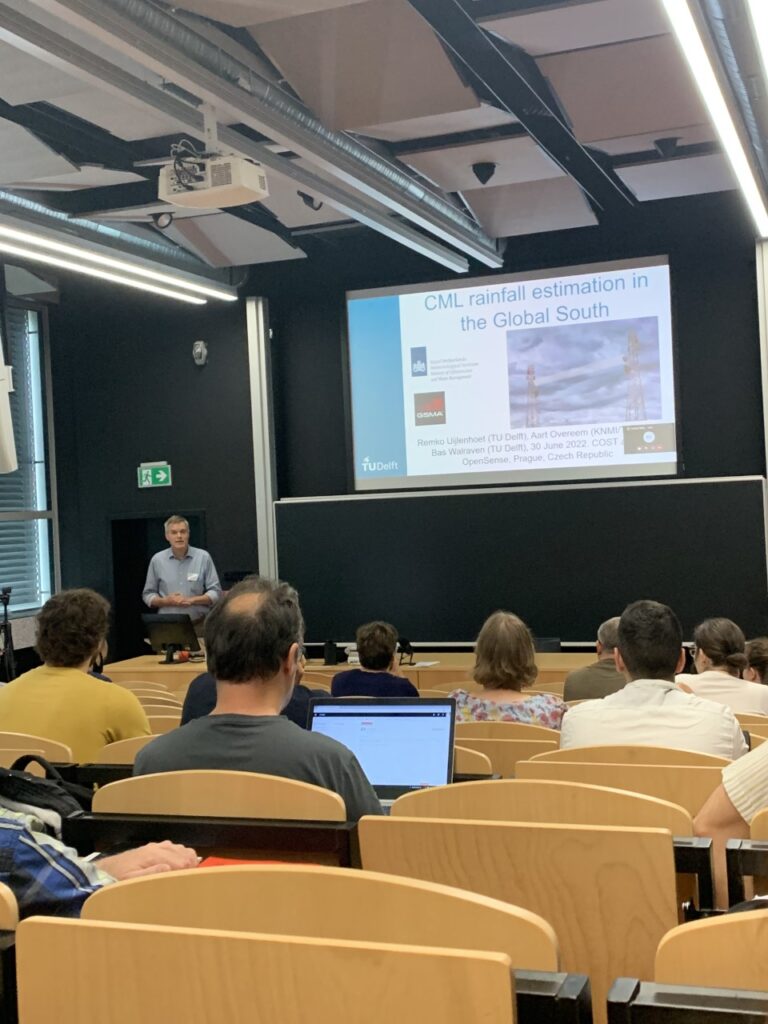
“The Trans-African Hydro-Meteorological Observatory (TAHMO) – framework, recent developments and future perspectives”
Frank Annor (TAHMO)
Frank Annor presented the Trans-African Hydro-Meteorological Observatory (TAHMO) aims and objectives. TAHMO is developing a vast network of weather stations across Africa. The idea behind this project is to operate a dense network of hydro-meteorological monitoring stations in sub-Saharan Africa – one every 30 km.
One of the main motivations of TAHMO is to provide robust meteorological short period forecasts for the African continent to satisfy agricultural needs. The main problem relies on the lack of ground-based stations to fit the models.
Their main interest is to integrate different types of data to improve the models reliability and rainfall information. Frank emphasized that satellite data and OS data are important sources of information to build a wide-spread and robust monitoring and alert system for Africa.
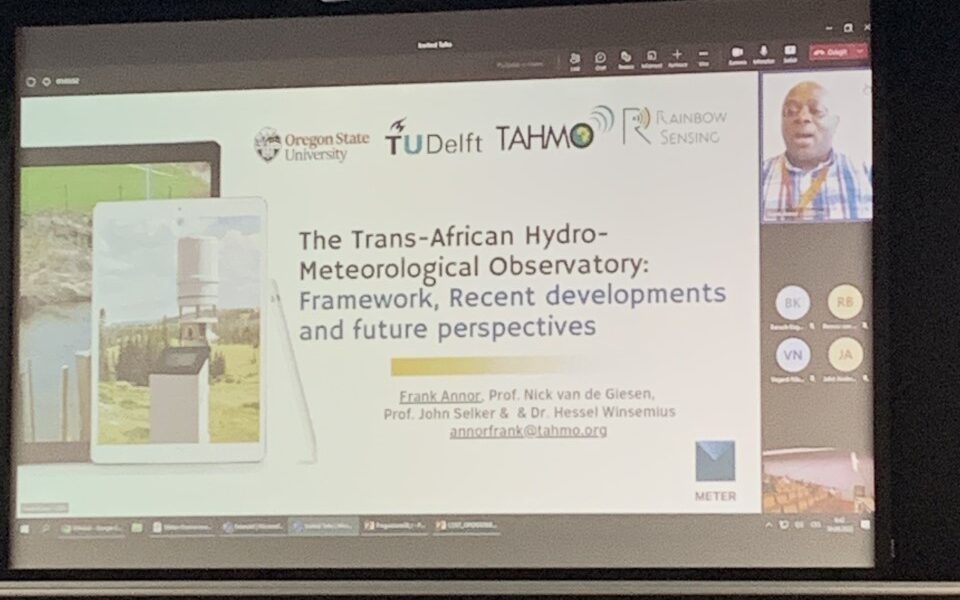
“Sensing of rainfall using opportunistic data from satellite communication terminals”
Baruch Kagan (Aeyecka, Israel)
Baruch Kagan presented the potential of another technology to collect OS data, namely satellite communication terminals. He also described the project of Aeyeca (which makes and sells satellite terminals for IoT) in collaboration with Tel Aviv University (TAU).
The project consists of adapting the terminals to collect and process data with some techniques already exploited for CMLs. The main advantage is that no additional hardware is required to send the attenuation data from the satellite communication terminals to e.g. a research institute.
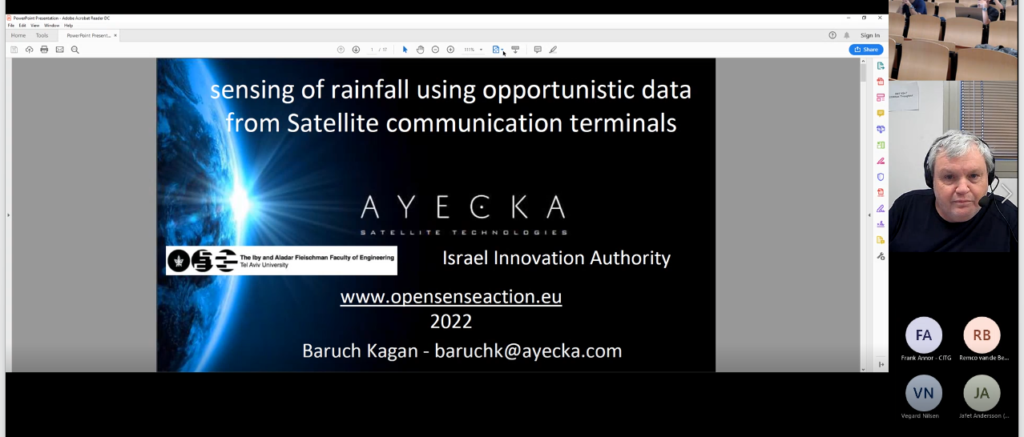
“Météo-France investment in opportunistic data to complete its observation systems”
Dominique Faure (Meteo-France, France)
Dominique Faure from Meteo-France gave an overview of some ongoing projects related to the use of OS data. One of these concerns crowdsourcing from local weather observations (from weather volunteers and smartphone users). Another project, Netatmo, aims at merging meteorological data from personal weather stations into operational observation products. Eventually, Dominique presented the RainCell project which has the objective of integrating CML-based rainfall estimates into the operational QPE product Antilope. He also manifested the interest and willingness of Meteo-France department of having recommendations and algorithms from the research community to deal with CML data.
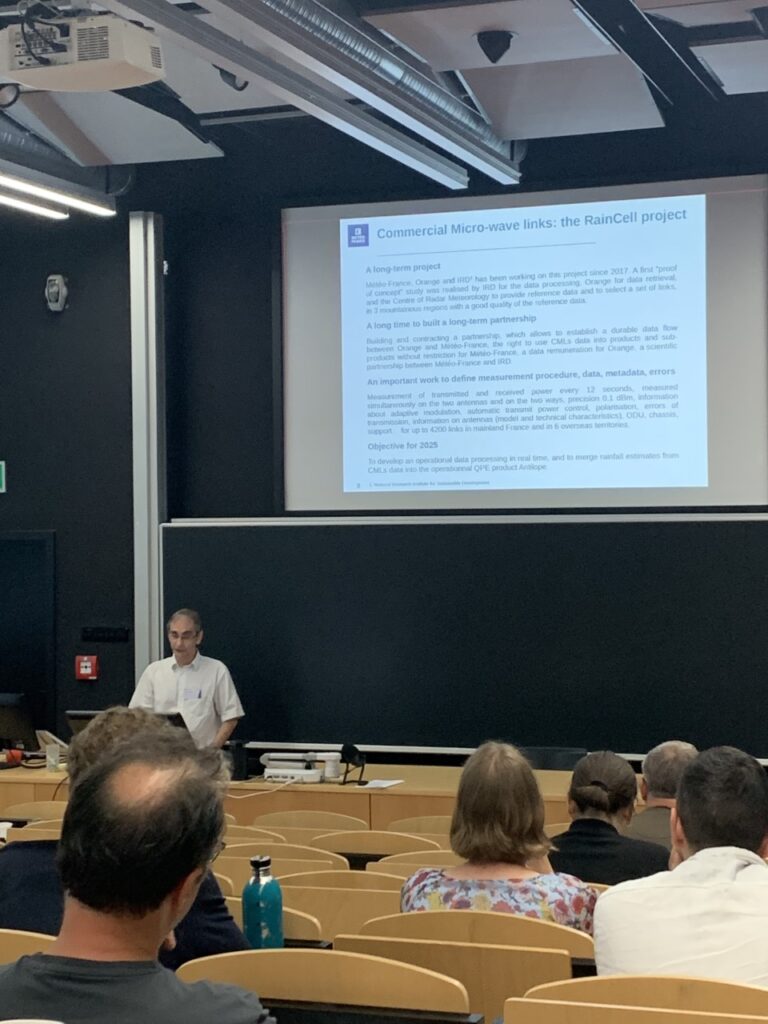
“Perspectives of integrating CML-based precipitation data into DWD’s operational QPE production”
Tanja Winterrath (Deutscher Wetterdienst, Germany)
Tanja is part of the Department of Hydrometeorology at DWD, German Meteorological Service, based in Offenbach am Main, Germany. They are in charge of, inter alia, providing real-time QPE for application in flood forecasting, flash flood warning, climate data and services for the design of hydraulic systems and flood risk assessment.
DWD is currently planning out a project of using a combination of weather radars, gauges and CMLs for application in operational flood forecasting, especially for short term prediction in small catchments.
Results from the feasibility study showed that including CML data in the multi-sensor merging leads to improvements in the precipitation analysis.
Tanja described the pros and cons of using CML data precipitation measurements compared to rain gauges. Moreover, she highlighted the importance of using CML data and their high suitability for heavy rain monitoring for flash flood warnings.
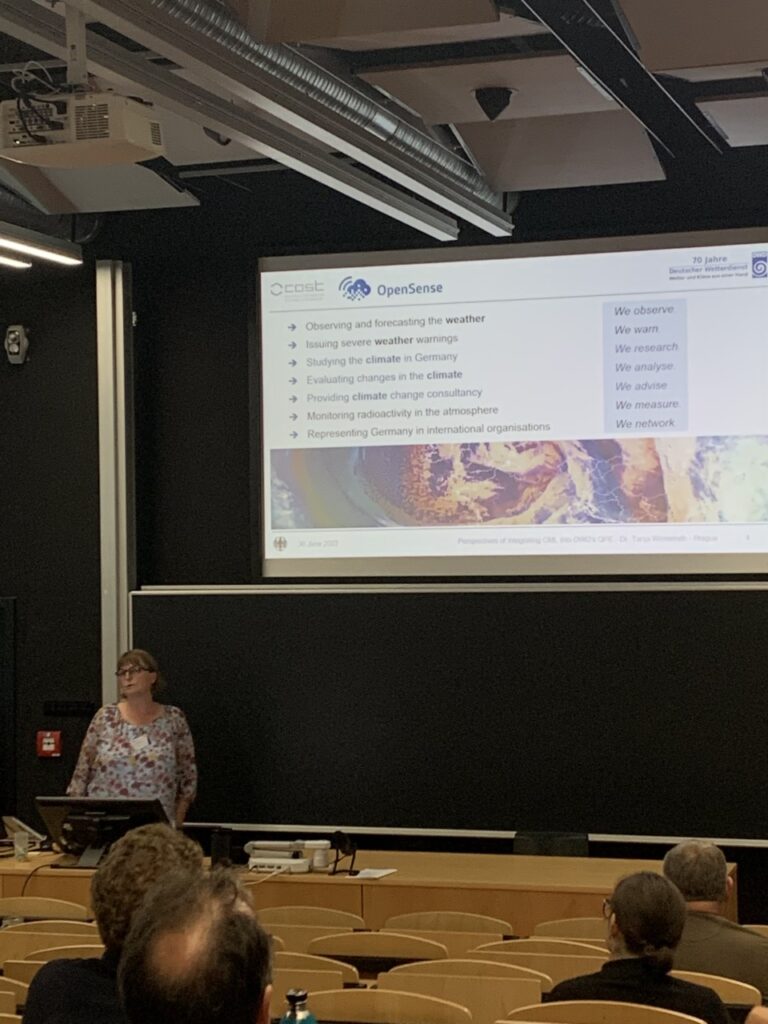
“Workshop on Reproducible science and programming with github”
Maximilian Graf, Nico Blettner , Christian Chwala (KIT)
Maximilian Graf and Nico Blettner from Karlsruhe Institute of Technology (Campus Alpin) introduced basic concepts of the software tool Git and the internet hosting service GitHub. They highlighted the benefits of using these tools to enable efficient collaboration for the Action’s task to combine the various available software tools used for processing of opportunistic sensor data.
After a theoretical introduction, the participants of the workshop had the opportunity to work on several tasks to familiarize themselves with basic git workflows. Aided by the more experienced, most participants were soon able to contribute to a shared GitHub repository.
In the last part of the workshop the exercises were discussed, and some of the input of the participants was analyzed directly online. For this, the Binder functionality was used and introduced briefly. Binder enables the user to run a github repository in a remote docker allowing for easy exploration of data and methods.
The workshop intended to enable all participants to use and contribute to the “sandbox environment” of the Action which stores code to process opportunistic sensor data.
The repository including instructions on how to use it can be found here: https://github.com/OpenSenseAction/OPENSENSE_sandbox
